All plants are divided into categories or cultures. What relates to grains, legumes, vegetables, and fruits is understandable, but some categories raise questions.
To know what solanaceous crops exist, what common features these plants have and what will be useful to them not only to gardeners.
Content
Culture features
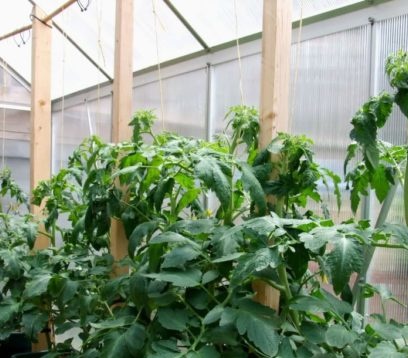 Most nightshade plants, and there are more than 2300 species, are wild-growing, there are few cultural representatives in this category. Most grow in Central and South America, but there are many nightshade nights in Russia. Many grow right next to the trash, along the roads. The most common are Datura, Belena and Black nightshade.
Most nightshade plants, and there are more than 2300 species, are wild-growing, there are few cultural representatives in this category. Most grow in Central and South America, but there are many nightshade nights in Russia. Many grow right next to the trash, along the roads. The most common are Datura, Belena and Black nightshade.
Solanaceae can be perennials and annuals, but all of them are united by the following characteristics:
- leaves resemble the shape of a blade. They can be solid or dissected. The surface is sometimes covered with villi. Stipules absent;
- the stalk is straight, covered with villi, very juicy, but fragile and easily broken;
- sometimes underground shoots form in tubers;
- inflorescences are complex in the form of a panicle or brush, as well as simple in the form of a single flower;
- perianth double;
- flowers of both sexes;
- fruits in the form of berries or capsules;
- almost all unripe fruits are poisonous;
- the root system in most cases is pivotal, if the reproduction is vegetative, it may be hobble.
Cultural representatives
The nightshade family is huge. To make it easier to understand the representatives of culture are divided into:
- Grassy.
- Decorative.
- Wild growing.
- Medicinal.
- Poisonous.
Grassy
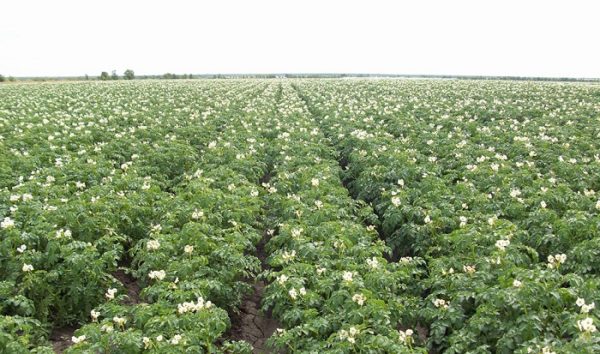 These nightshade plants grow mostly in temperate climates. May be annuals and perennials. Allocate:
These nightshade plants grow mostly in temperate climates. May be annuals and perennials. Allocate:
- vegetable. This is primarily potatoes, peppers, eggplant, physalis, melon pear and some others. Their breeding began in the leading countries of Europe in the 16th century. To get the vegetables that we eat today, the breeders did a great job;
- medicinal. First of all, in this subgroup should be noted bleached, nightshade and belladonna.
- indoor. Those who grow jasmine-like nightshade, petunia and brugmansia often do not know that they have representatives of the nightshade family on their windowsill.
Decorative
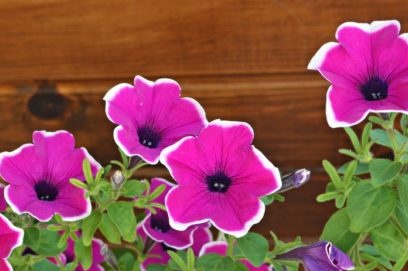 Among this category are the most popular creepers. Curly nightshade is greatly appreciated by gardeners. They grow very quickly, bloom beautifully, create the necessary shading.
Among this category are the most popular creepers. Curly nightshade is greatly appreciated by gardeners. They grow very quickly, bloom beautifully, create the necessary shading.
Distributed in our country:
- ampel caliber. Her flowers are very similar to bells and exude a pleasant aroma. Some subspecies, especially white bloom in the rain;
- petunia. It blooms lushly and for a long time, it smells good, and is suitable for vertical landscaping of terraces and balconies
- bittersweet sweet nightshade. It is used most often for decorative design of reservoirs. Flowers do not attract much attention, but the fruit-boxes of saturated bright red color instantly catch the eye;
- jasmine nightshade. It blooms from spring to the very frosts, it smells amazing.
Wild
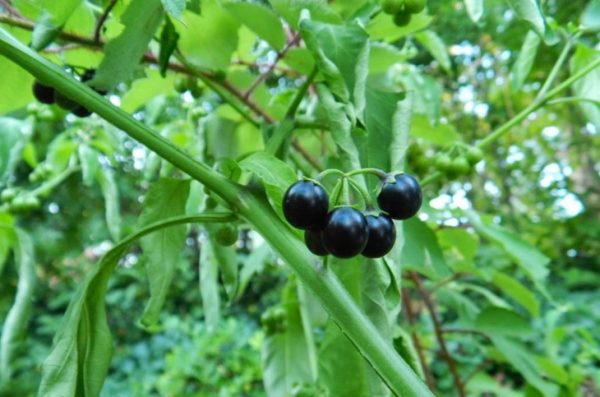 These nightshade plants grow along roads, near landfills and trash, like a weed. The most common is black nightshade. It blooms beautifully, but the fruits are poisonous, although some risk eating them in ripe form.
These nightshade plants grow along roads, near landfills and trash, like a weed. The most common is black nightshade. It blooms beautifully, but the fruits are poisonous, although some risk eating them in ripe form.
Datura and belene are very common.They are also poisonous. You even have to pull it out with tight gloves.
Medicinal
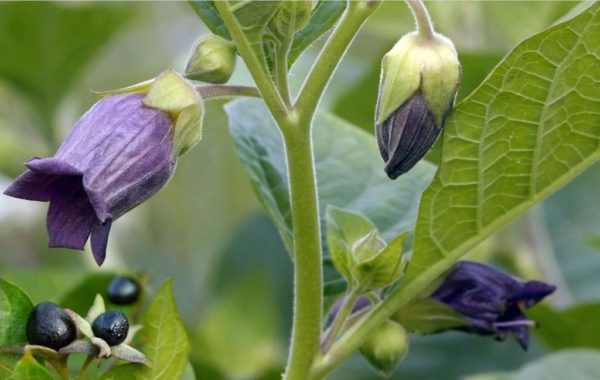 Almost any member of the nightshade family can make a medicine.
Almost any member of the nightshade family can make a medicine.
First of all, belladonna should be noted. From it, drugs are made for the treatment of the digestive tract, respiration, and the genitourinary system. The plant is indispensable in providing assistance after poisoning with mushrooms, as well as in the treatment of Parkinson's disease.
On the basis of belens they make painkillers, as well as drugs against insomnia, neurosis, headache, etc. She has proven herself in the fight against gout, bone tuberculosis and rheumatism.
Mandrake is a powerful wound healing. From time immemorial, plant leaves have been applied to wounds, and they passed very quickly. Today, based on the plant, decoctions, ointments and other medicines are prepared.
Poisonous
Indeed, some plants in the nightshade family can cause human death. Moreover, for this it is not necessary to use them inside. Sometimes a drop of juice that gets on the skin while tearing off the stem is enough.
The most dangerous:
- belladonna. 10 berries kill a person, an animal - depending on the size of 3-5 pcs.;
- wolfberry. It is dangerous for people and animals, but gardeners learned to use its poisonous ability for their own purposes, making poison on its basis from pests;
- henbane. Causes hallucinations even when inhaling the scent of flowers.
The nightshade family is one of the most common. It attracts not only an amazing combination of external beauty, edibility, toxicity and medicinal abilities. Each plant is unique in its own way.

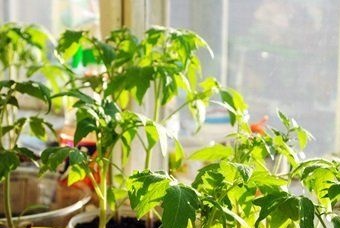 10 mistakes that destroy seedlings
10 mistakes that destroy seedlings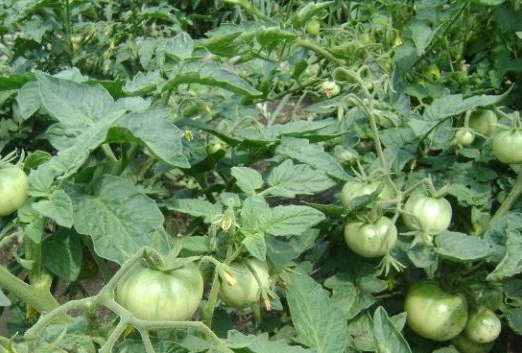 What crops are solanum plants?
What crops are solanum plants?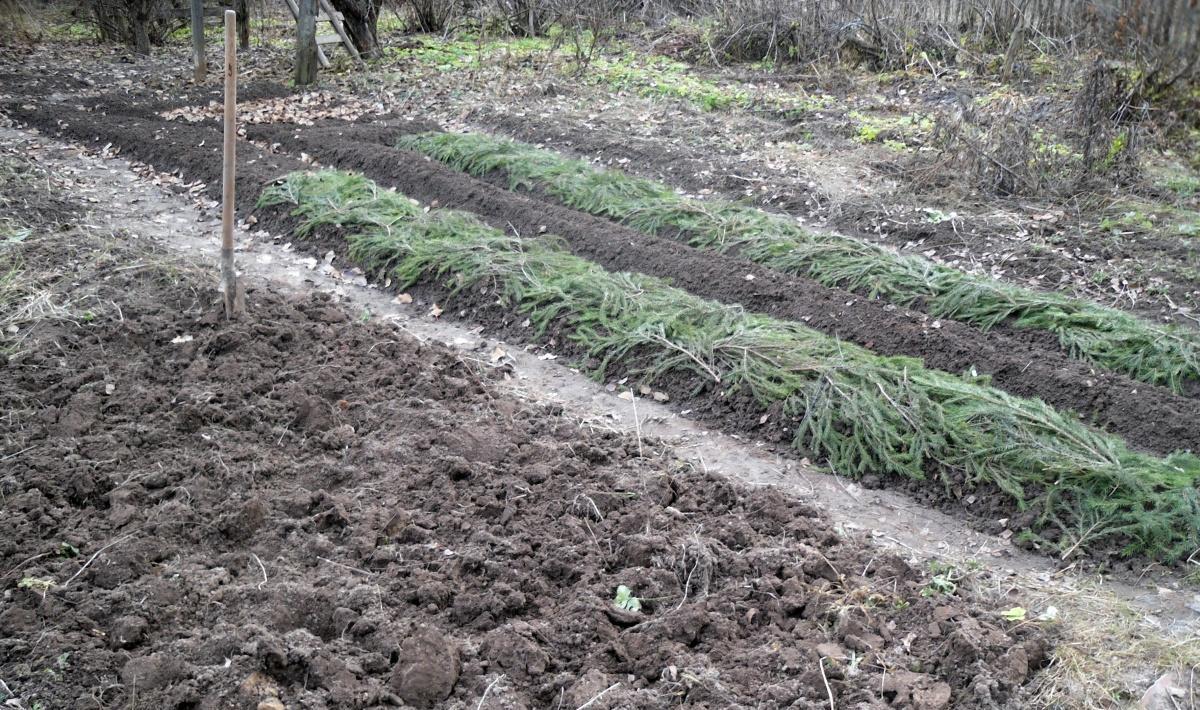 What to plant in the garden before winter: what vegetables, flowers, herbs, trees and shrubs
What to plant in the garden before winter: what vegetables, flowers, herbs, trees and shrubs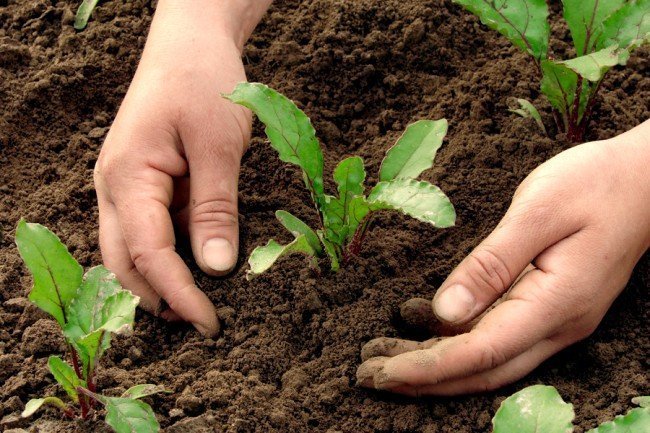 What can be planted at the end of summer in open ground in different regions to grow rapidly
What can be planted at the end of summer in open ground in different regions to grow rapidly